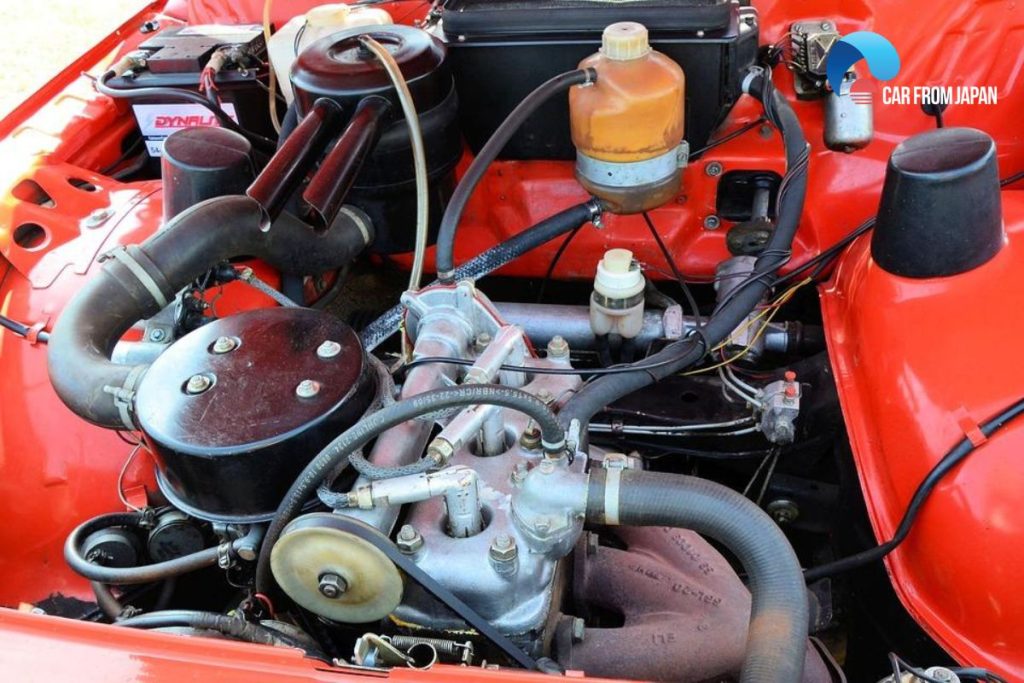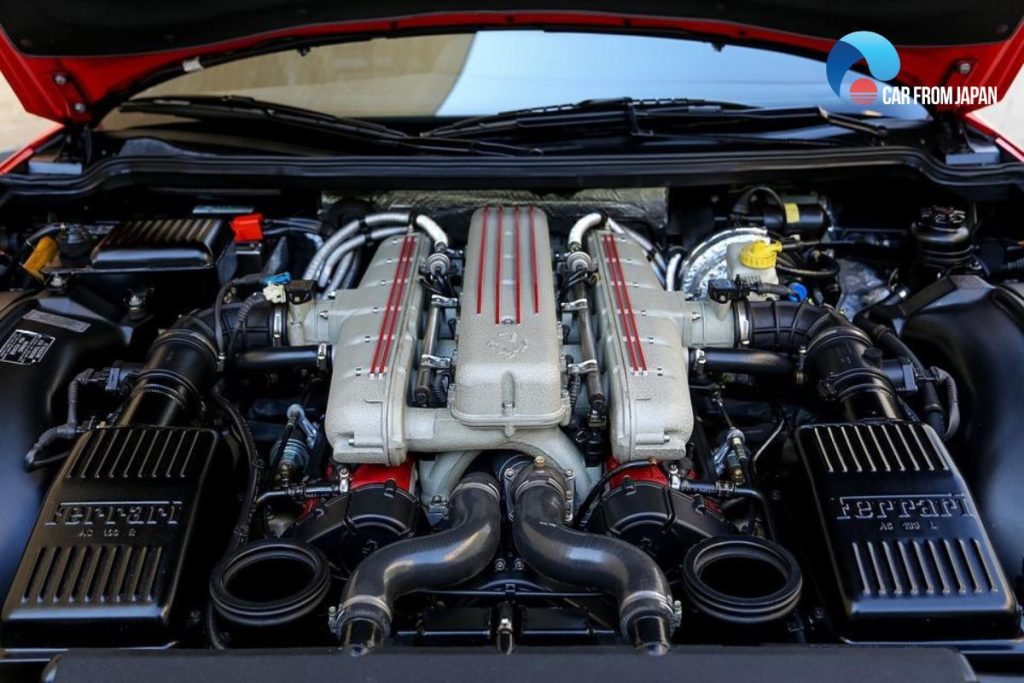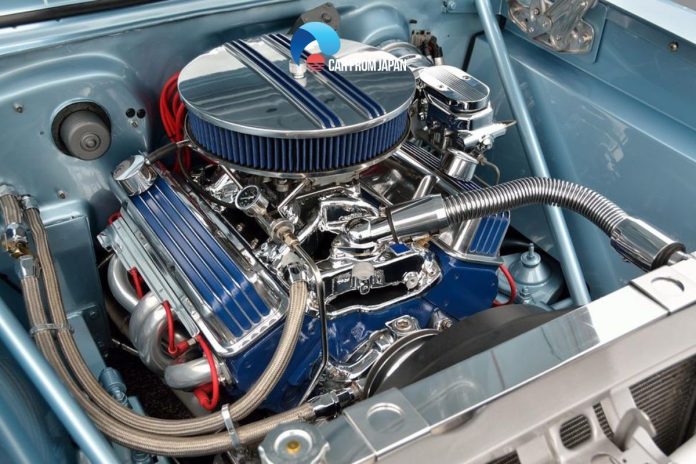Manufacturers design an automobile engine with specific techniques and instructions. All the tycoon manufacturing brands try their level best to offer soothing rides. A car engine is an ultimate collection of small and large components.
One can easily find a difference between traditional or modern engines. The engines today are fast, reliable, efficient, and everything that people need. Two-stroke and four-stroke are the two major engine types.
The difference remains in the oil pressure system, pumps, and filters. When modern engine drivers run car on two stroke fuel, it might damage the components. You can try it temporarily.
Let us find out what happens when you run modern engines on two-stroke fuel.
Contents
Why You Should Not Run Car On Two Stroke Fuel For Long?
Driving a four-stroke engine type on two-stroke fuel can damage the oil pump and filters. Two-stroke engines mix gas and oil to power up an automobile. There is no oil pressure gauge, pump, filter, or pressure-controlling system.
No damage occurs to the engine if you drive the vehicle on two-stroke for a shorter while. A car can easily cover a shorter distance in case of emergencies.
You have to fill up the tank with appropriate fuel after reaching the destination. It is so to avoid the damage that might happen to the engine.
Running a vehicle on two-stroke fuel for a temporary basis will not that harm. But make sure to clean and fill up the tank with straight specific fuel immediately.
So what happens when you run a car on two-stroke fuel for longer?
Damages the spark plug
You might have seen a black rusty coating on the spark plug. Starting the car with coating on the spark plug is difficult.
It generally happens when you run car on two stroke fuel. The engine might fail to start if the spark plug has rust coating.
The issue reaches the engine cylinders, and the matter might get worse. No damage occurs if you drive the vehicle for temporary measures.

Read More: All You Need to Know About Hydrogen Engine Functioning
Blocking catalytic converter
Driving a vehicle on two-stroke fuel for a longer period can result in blocking catalytic converters.
It is an exhaust emission control device present in the engine. A catalytic converter reduces toxic gases to less toxic pollutants.
According to expert, keeping the converter in good shape is essential to make the drives smoother. But it produces a bad effect on the converter when you run car on two stroke fuel.
Failing the engine
You not only damage the engine parts but also the engine itself. A two-stroke cycle engine mixes oil and fuel to run smoothly. The injectors allow oil to enter the piston and then into the crankcase.
Enough oil inside the engine will lubricate it to the highest degree. The engine will start producing bad smoke. Some serious damage occurs if more than necessary oil enters the engine.

Poisoning the catalytic converter
Unburnt oil and its additives (like zinc and phosphorus) from the 2 stroke fuel may permanently coat the precious metals (platinum, palladium) inside the catalytic converter.
This is called catalytic converter poisoning and renders the converter useless, triggering a check engine light and failing an emissions test.
The only solution is a full replacement, a repair that frequently costs anywhere from $1,000 to over $3,000
How Do I Know If My Fuel Is 2 Stroke?
To know whether your fuel is for a 2-stroke engine, you can consider the following factors:
Fuel labeling
Check the fuel container or packaging for any labels or markings indicating that it is specifically formulated for 2-stroke engines. Look for terms such as “2-stroke fuel,” “2-cycle fuel,” or “pre-mixed fuel.”
Oil mix
2-stroke engines require a specific oil-to-fuel mixture for proper operation.
Typically, a 2-stroke engine requires a mixture of oil and gasoline in a specific ratio, such as 50:1 or 40:1. If you have already mixed oil into the fuel, it is likely intended for a 2-stroke engine.
Equipment manual
Consult the owner’s manual or documentation of the equipment you are using. The manual should specify the type of fuel required. If it mentions a 2-stroke engine or a specific fuel mixture, then you have a 2-stroke fuel.
Smell and color
In some cases, 2-stroke fuel can have a distinctive smell due to the oil content. It may have a pungent, oily odor.
Additionally, 2-stroke fuel is often colored, typically blue or green, to differentiate it from regular gasoline.
Watch this video from Life OD to learn more about 2 stroke gas in a car!
What To Do When You Accidentally Run Car On Two Stroke Fuel?
Realizing you’ve put the wrong fuel in your car can be a moment of panic, but what can you do then?
If you haven’t started the car
If you realized your mistake at the pump, do not start the engine! Do not even turn the key to the “on” position.
Have the fuel tank completely drained and refilled with the correct gasoline. While this may need a tow or a mobile service, it is a simple procedure to prevent any damage to your vehicle’s engine or exhaust system.
If you’ve just started it (shut off after)
If you started the car and it began smoking, running rough, or stalling, you have to shut it off.
In this scenario, the contaminated fuel has been pulled through the fuel lines and into the engine, but the short runtime means the long-term, heat-related damage to the catalytic converter may be minimal.
You should then drain the fuel tank and fuel lines. After that, replace the spark plugs, as they will be fouled with oily residue.
Once refilled with fresh, correct-grade gasoline, add a high-quality fuel system cleaner.
You may still experience some smoking as the residual oil burns off, but you have given your car the best chance to avoid permanent damage.
If you drove it for miles
Driving in the mismatched 2 stroke fuel for an extended period is the worst-case scenario.
The check engine light is likely on, and you have put the catalytic converter and oxygen sensors at risk. At this point, find professional help immediately.
They will help you drain the fuel system, replace the spark plugs, and perform a diagnostic scan to assess the health of the O2 sensors and the catalytic converter.
One or more of these expensive parts will need to be replaced, so be prepared!
The Takeaway
All in all, these damages could happen if you run car on two stroke fuel for long. Make sure to clean up the tank by filling appropriate fuel straight away.
For more insightful Car maintenance tips, follow Car From Japan today!



